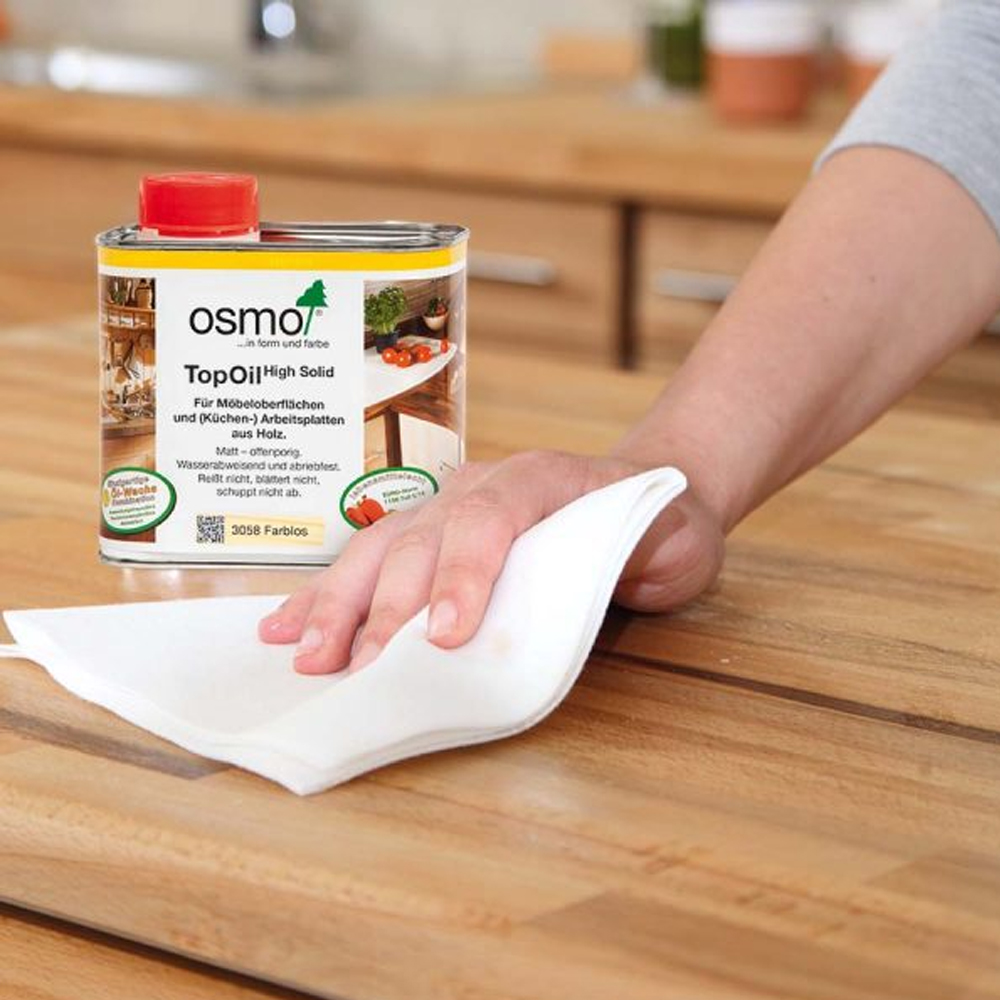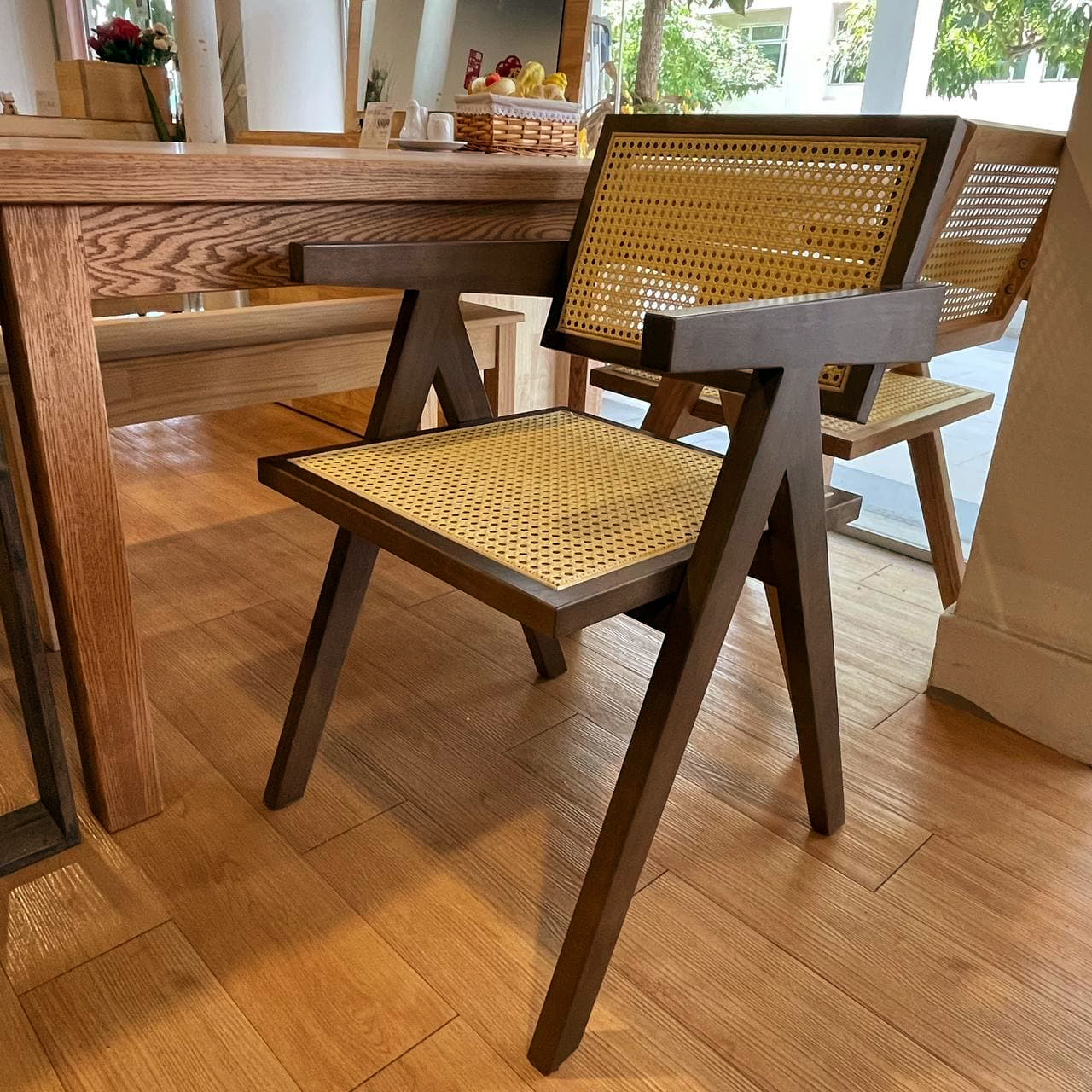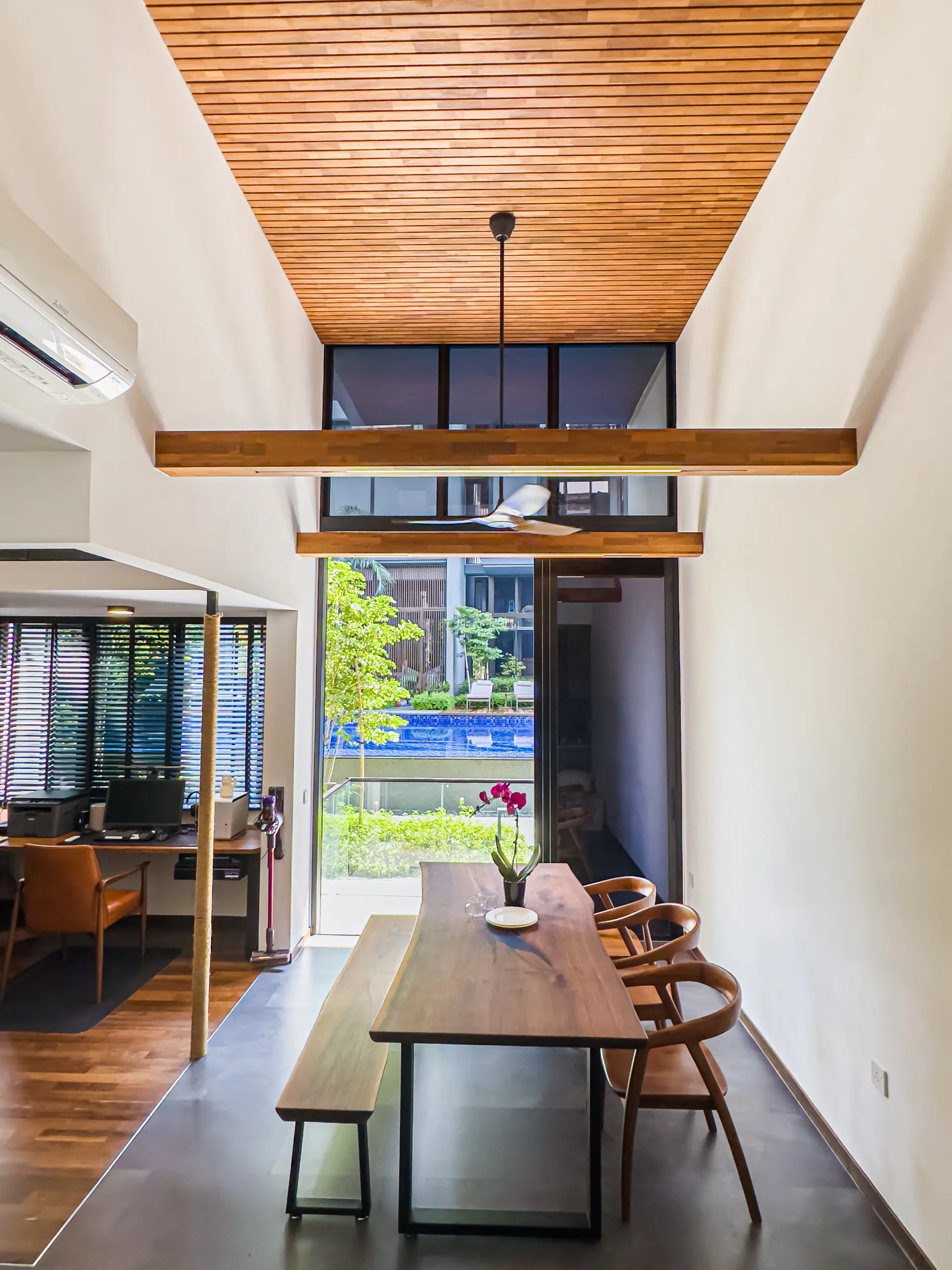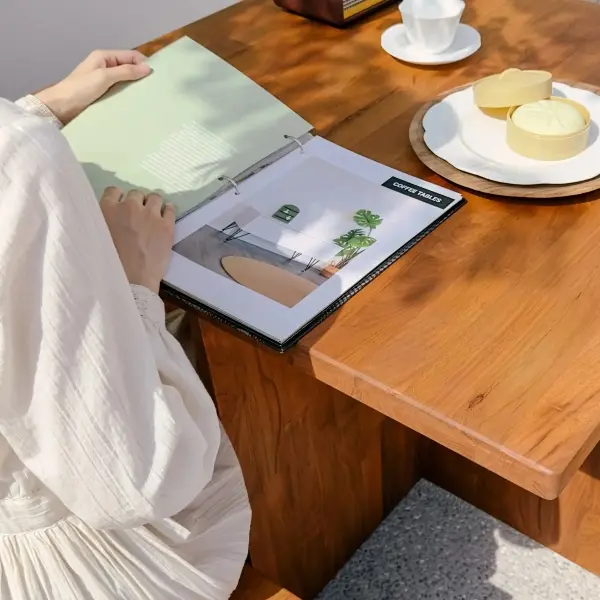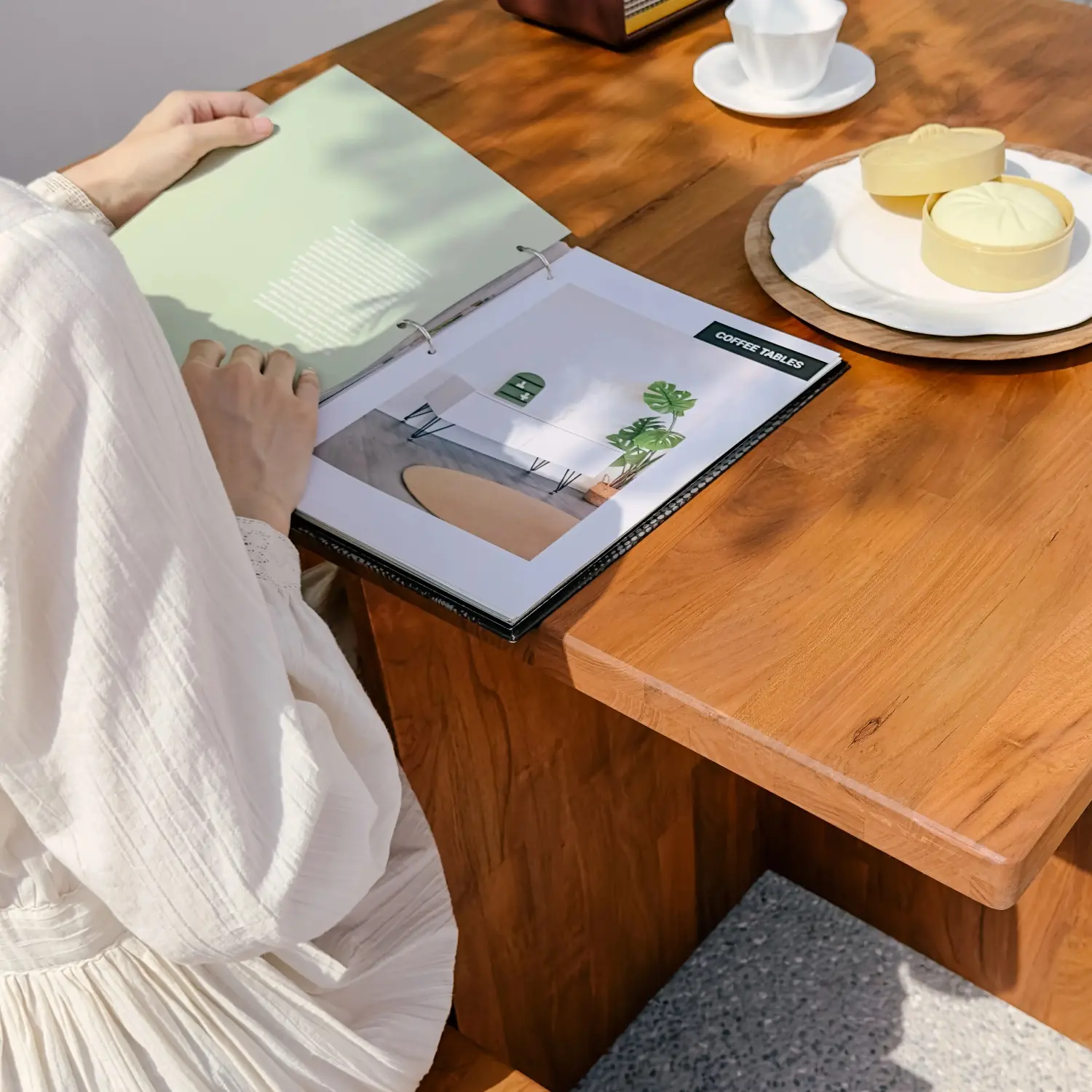How Wooden Furniture is Manufactured
The entire woodworking process starts from wood selection and then cutting, shaping, ornamental touches and finishes. There are additional touches, where staple materials like metal, leather fabric and glass are combined with wood in handles and hinges, upholstery, and shelves, respectively. Carpenters and woodworkers spend significant time and effort making a single product that can become your prized possession, and understanding their process brings newfound appreciation to the craftwork. So how wooden furniture is manufactured? Let’s look at this simple process frame; some furniture might require a more complicated process to create.

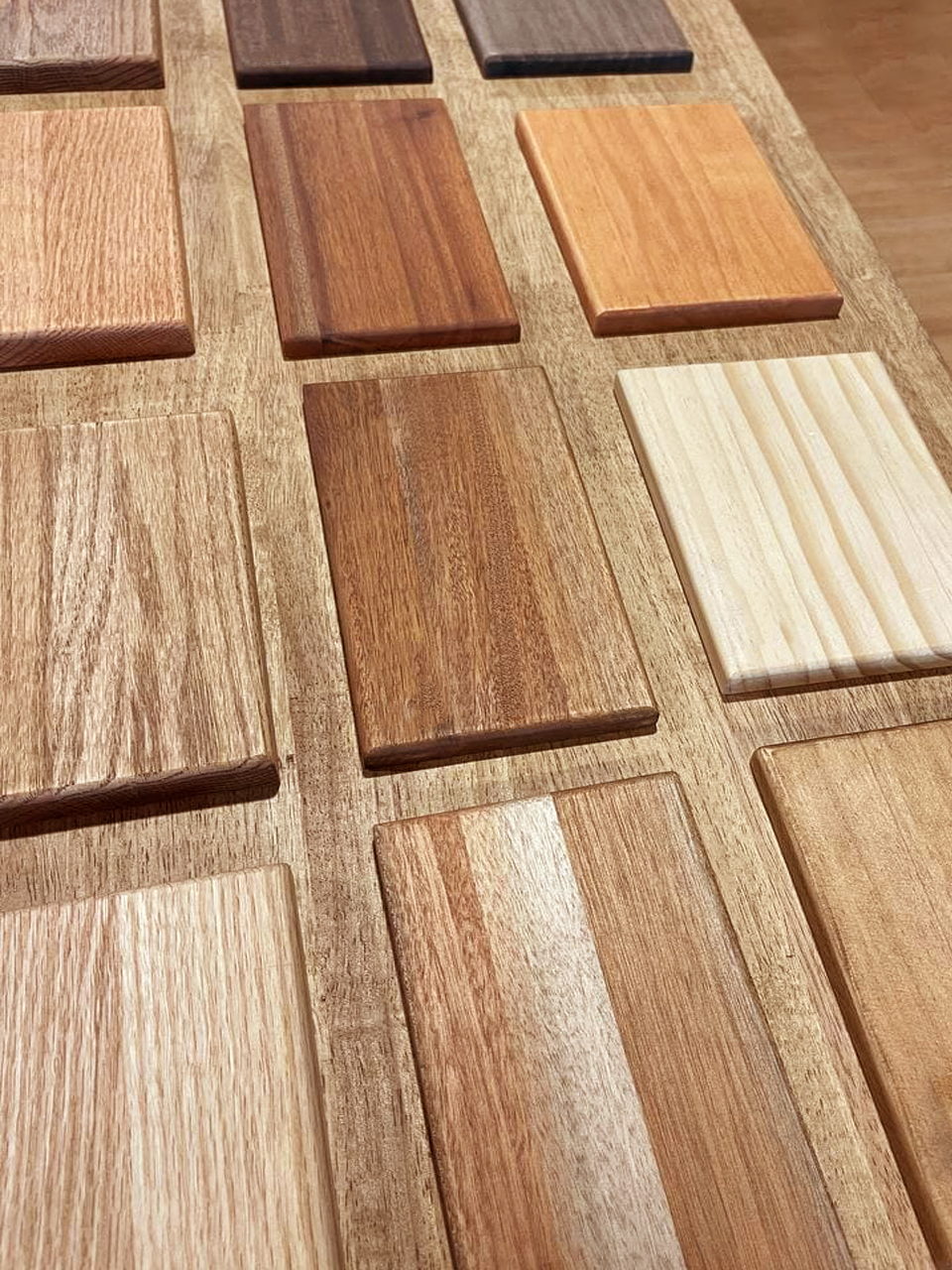
Wood selection:
The primary step in furniture manufacturing is selecting materials. Its nature should depend on the piece of furniture you intend to produce with it. For example, heavy furniture like wooden tables and bedframes require rigid, durable materials like hardwoods (teak, oak, etc.). They can tolerate daily use, support weight, and be waxed and polished to maintain their colour as well as smooth finish for years. On the other hand, if you want to make decor like kitchen cabinets, supporting beams, window frames and outdoor decks, softwoods such as fir, ash or birch would do just fine.
Wood transformation:
The tree is cut into manageable beams and planks, called lumber (North America) or timber (elsewhere). These pieces are the raw material that gets sawn and made into wooden furniture. The lumber is kiln-dried to achieve its equilibrium moisture content (EMC) and does not gain or lose moisture because of its environment. At the same time, it retains the essential properties of wood. This transformation process is carried out at the sawmill, and its entirety can take about 2 to 4 weeks.
Wood splitting and cutting:
The kiln-dried wood is then sawed, planed, moulded and grooved as needed. The different parts are cut out, attached together, and then contact a high-speed rotating knife that shapes each element appropriately. The pieces are rough-carved on high-speed cutters to be machine sanded and later finished by a hand carver. Veneering, where thin decorative pieces of wood are bonded onto the original surface, is usually performed at this stage if required. The veneer itself can also be sanded, stained or painted. This is followed by jointing processes like tenoning, doweling and dovetailing.
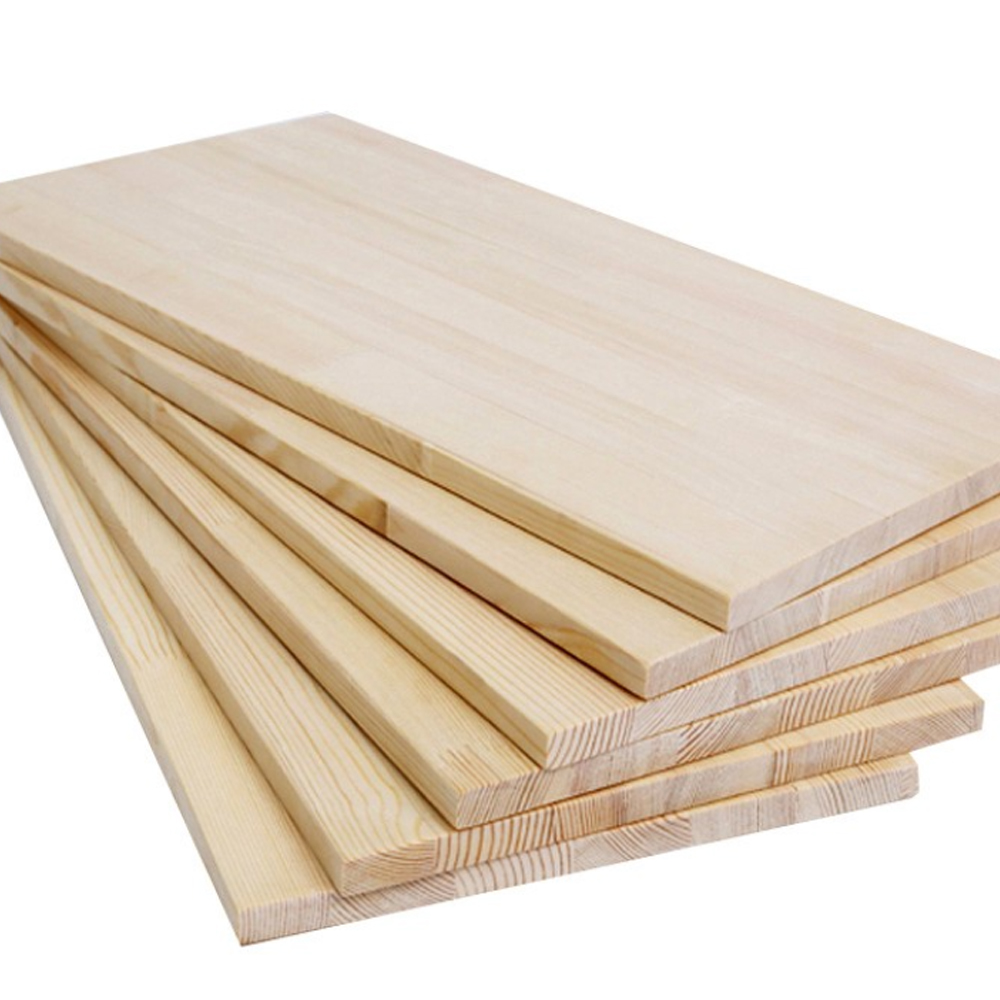
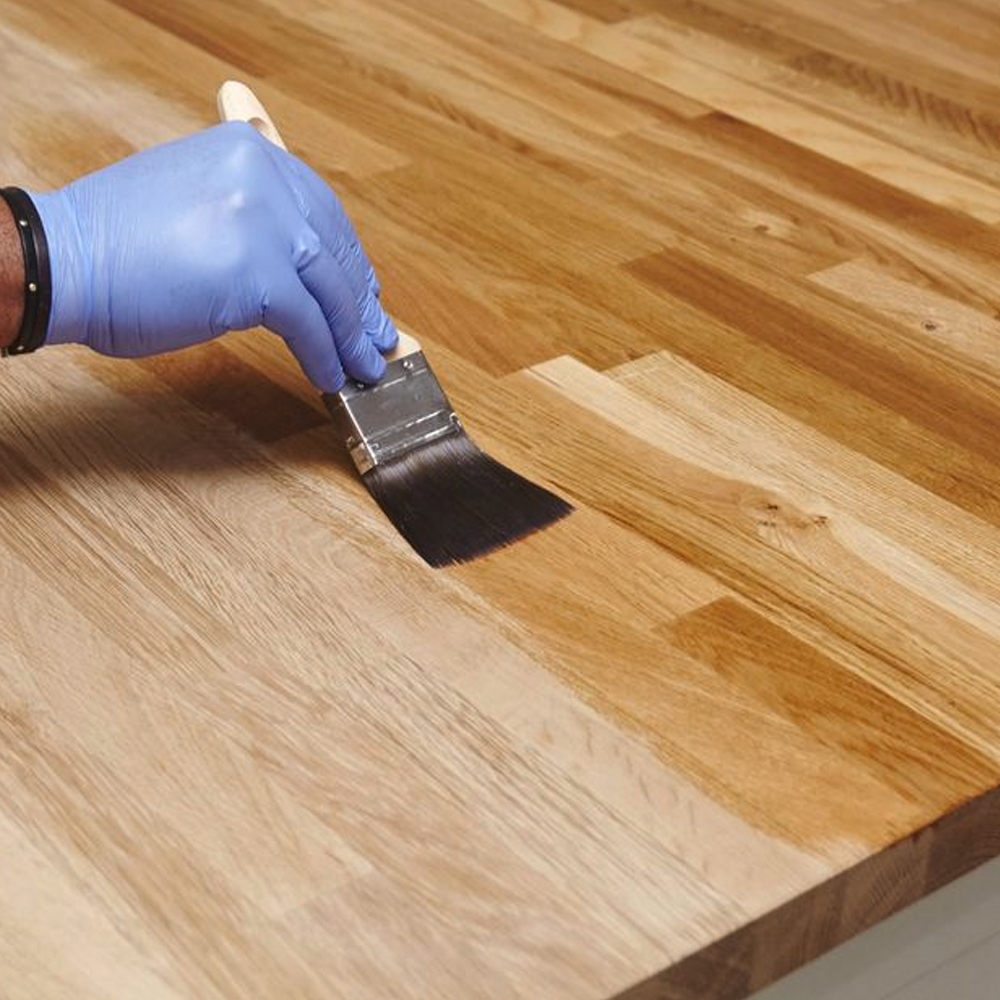
Tenoning refers to a projection on shaped wood that is cut and made for insertion into a cavity (called a mortise). It is commonly used to join two pieces of wood at a 90-degree angle.
Dovetailing combines the sides of a wooden item to build boxes, cabinets, and drawers. It is a strong joint and doesn’t come apart quickly because nails and pins are shaped.
Dowelling is a method of fastening wooden pieces together using a cylindrical peg that fits perfectly into a matching hole. Dowel rods and pins are made of hardwood, metal or plastic and are thicker and stronger than screws, leading to lower chances of breakage.
Assembly:
This is the step where the wooden carcasses (basic frameworks) are assembled, drawers are glued up, and doorframes are put together. Once the glue sets in and clamps are applied, the piece is sent for machining that could not be performed before assembly. This includes sanding the joints and shaping the edges. Once this is complete, it will be going for the final structuring, wherein the piece is cleaned to remove excess glue. Hand sanding is done where required, followed by staining, spray polishing and treatments, if any.
